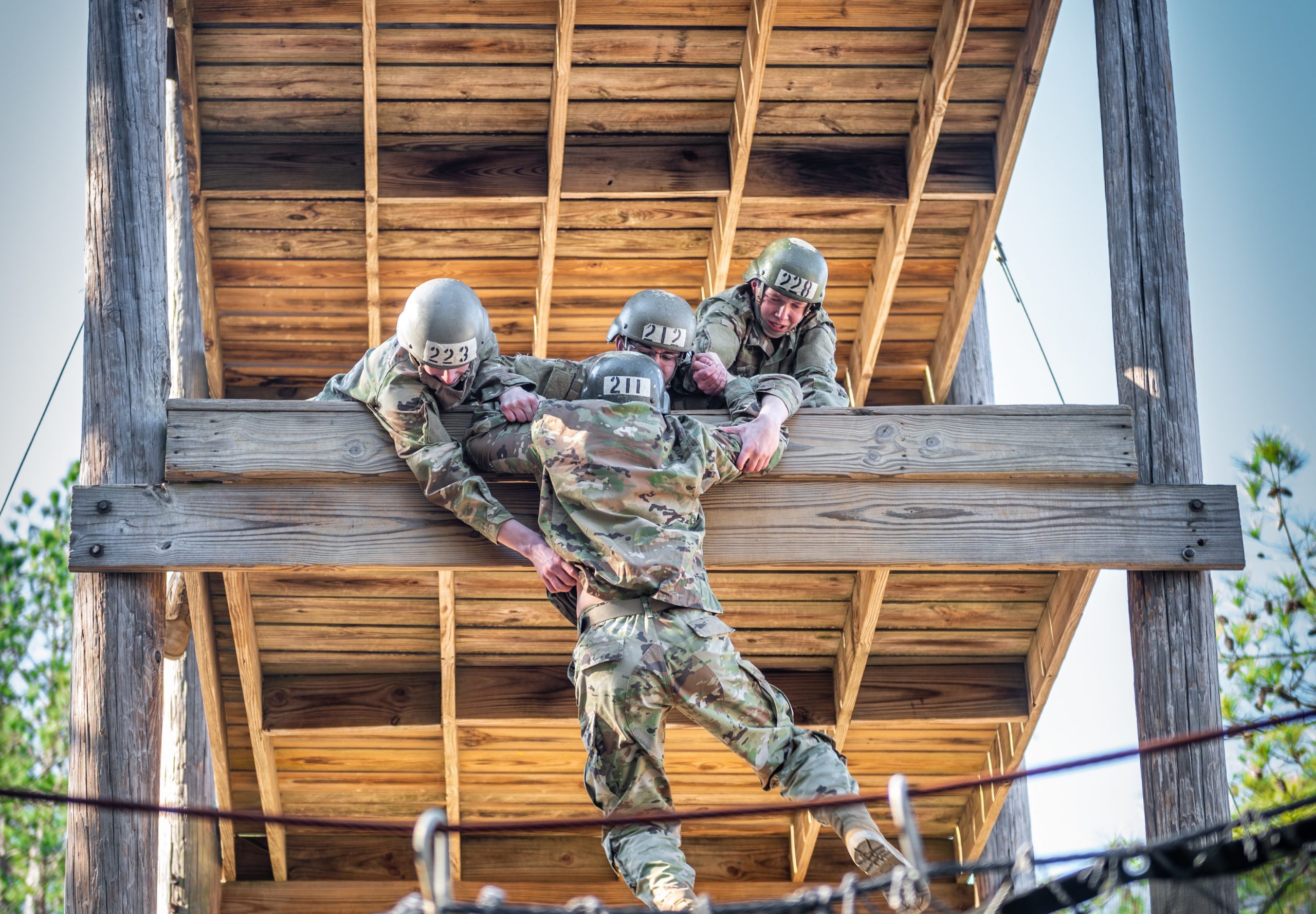What I learned from a Porta-Potty Wall

I had the tremendous privilege of teaching leadership at West Point for five years. During that stint, I interacted with twenty-one “sections” of cadets. And on twenty-five different first days of the semester, I shared seven words that wholly changed my perspective on leading others: “LT Crandle is a punk-ass bitch!”
A U.S. Army Soldier scribbled his opinion on the inside of a port-a-potty wall during my third month as a tank battalion support platoon leader. Squatting in the bitter cold of a Yakima Training Center winter, with pants down to my boots, multiple thoughts raced through my head: Who wrote it? Is this the prevailing sentiment or just one person? Should I erase it, or will someone notice I erased it? What did I do to make someone upset? What do I do now? My name is spelled wrong…
Before I took charge of that support platoon, my battalion commander had described multiple layers of dysfunction within the unit. He’d sent me to the new role with a clear (if not daunting) charter: “I want you to go down there and fix discipline and fix morale.”
During my four years as a cadet at West Point, I’d heard time and time again (from generals, captains, guest speakers, and other cadets) words to the effect: “If you go in hard and set a demanding tone, you can always ease off once you’ve established standards. But if you go in soft, you won’t be able to reverse course.”
I started by trying to fix discipline.
The support platoon story involves unaddressed nuance. I get that. I’m keeping it simple because my meaning-making isn’t cluttered with details. It’s bottom-line stuff: I chose discipline because I’d translated the lectures and advice of leadership “experts” into a course of action. I mustered a hard and demanding tone, and I temporarily set aside relationships in an effort to “fix discipline.” It was inauthentic and ineffective. Many leaders could have succeeded in that situation with a hard and demanding tone from the outset. Lieutenant Crandall could not, and the raw feedback of a Soldier’s graffiti prompted me to reflect, adapt, and turn towards authenticity. Rather than trying to be something others said I “should” be, I decided to return to the leader my heart called me to be.
The late Warren Bennis, a professor of organizational behavior at the University of Southern California and author of On Becoming a Leader, observed: “We begin to become leaders at the moment we decide for ourselves how to be.”1
Just before I started to draft this article, I’d been reading the late Colin Powell’s second book. A self-made son of immigrant parents, combat veteran, and four-star general who rose to become Chairman of the Joint Chiefs of Staff and our first African-American Secretary of State, General Powell was a truly accomplished leader and human being. And, he wrapped the lessons from his lifelong leadership journey in this humble book title: It Worked for Me. He understood the true value of leading authentically, and I’d imagine he’d recommend viewing his (and others’) collected wisdom through the filter of your own values. Take what makes sense; toss aside what doesn’t.
To lead well, we should reflect (often), read, listen, watch, and pursue growth for perpetuity. But ultimately — when all said and done — we must decide for ourselves how to be. There are no leadership experts; we are only experts on our own leadership.
Be (you). Know (you). Do (you).
That’s the lesson I learned from the words scribbled on a port-a-potty wall.
1 Warren Bennis was the youngest U.S. Army commander of World War II. He led an airborne infantry company into battle on D-Day at the age of 19.
Doug Crandall is a graduate of West Point, the Stanford Graduate School of Business, and has a M.Ed from the University of Washington. For five years, Doug taught Leadership, Advanced Leadership, and Leading Organizations Through Change at West Point, where he won the Excellence in Teaching Award. He’s the co-author of four books: Permission to Speak Freely, Say Anything, Hope Unseen, and Leadership Lessons from West Point and has written leadership case studies for both Stanford’s and Harvard’s business schools. Since leaving the army, Mr. Crandall has spent over a decade creating and delivering leadership development programs and keynotes for companies across myriad sectors and in multiple countries. He currently heads teaching and content development efforts for The Referent Group. Doug’s a former armor officer and his daughter (USMA ‘22) is currently a second lieutenant in the quartermaster branch.



